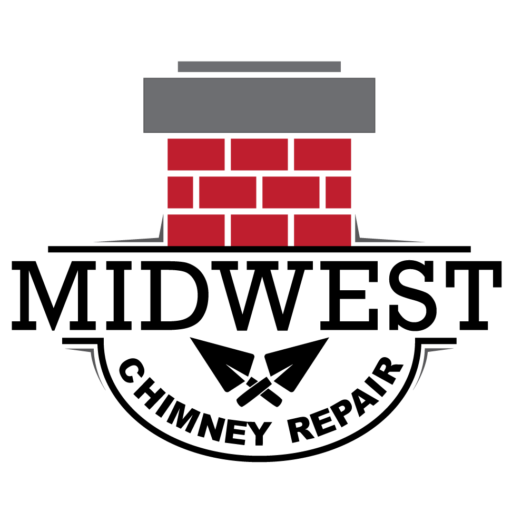


Cracked Chimney Bricks: Causes and Solutions
A crack in your chimney bricks may seem like a small issue, but left unaddressed, it can lead to significant structural damage and compromise the safety of your home. In this guide, we’ll delve into the causes of cracked chimney bricks and provide practical solutions to ensure the longevity and integrity of your chimney.
Causes of Cracked Chimney Bricks
Freeze-Thaw Cycles
- Cause: The repeated expansion and contraction of water within the bricks during freezing and thawing cycles.
- Effect: Stress on the brick structure, leading to cracks over time.
Water Infiltration
- Cause: Moisture penetration through damaged flashing, a deteriorated chimney crown, or porous bricks.
- Effect: Water weakens the structure, contributing to cracking.
Settling or Shifting Foundations
- Cause: Changes in the soil, foundation settlement, or other structural shifts.
- Effect: Uneven pressure on the chimney, resulting in cracks in the bricks.
Thermal Expansion
- Cause: Intense heat from the fireplace or flue gases causing bricks to expand.
- Effect: Over time, frequent expansion and contraction can lead to cracks.
Solutions for Cracked Bricks
Tuckpointing
- Solution: Remove deteriorated mortar and replace it with fresh mortar.
- Benefits: Restores structural integrity and prevents further damage.
Brick Replacement
- Solution: Replace cracked bricks with new ones.
- Benefits: Ensures the stability of the chimney and enhances its appearance.
Waterproofing
- Solution: Apply a waterproofing sealant to protect bricks from moisture.
- Benefits: Guards against water infiltration, reducing the risk of cracking.
Repair Flashing
- Solution: Ensure flashing is intact and properly sealed.
- Benefits: Prevents water from entering the chimney and causing damage.
Crown Repair or Replacement
- Solution: Seal small cracks with masonry sealant; replace extensively damaged crowns.
- Benefits: Preserves the chimney crown’s protective function.
Address Foundation Issues
- Cause: Consult with a professional to address settling or shifting foundations.
- Effect: Correcting foundation issues helps prevent future chimney damage.
Preventive Measures
Regular Inspections
- Action: Schedule annual chimney inspections.
- Benefits:Early detection of issues prevents minor cracks from developing into major structural problems.
Chimney Cap Installation
- Action: Install or replace a chimney cap.
- Benefits: Keeps water, debris, and animals out, reducing the risk of water-related damage.
Maintain Proper Clearance
- Action: Ensure there’s adequate clearance between the chimney and nearby structures.
- Benefits: Prevents excessive heat exposure and thermal expansion.
Conclusions
Cracked chimney bricks demand attention to maintain the safety and functionality of your chimney. By understanding the causes and implementing the right solutions, you can address the issue promptly and extend the life of your chimney. Regular inspections and preventive measures are key to preserving the structural integrity of your chimney and ensuring a warm, secure home for years to come.
If you've noticed cracked chimney bricks or suspect chimney damage, don't hesitate to contact our team of experts
Protect your family and your investment –We’re here to help you keep your chimney in optimal condition.
Previous Article

The charm of a crackling fireplace on a cold Minnesota evening is unparalleled, but the last thing any homeowner wants is a leaky chimney. With Minnesota’s winter showcasing its full might, identifying and fixing chimney leaks becomes paramount. In this guide, we’ll walk you through the process of recognizing signs of chimney leaks and providing practical solutions to ensure a dry and cozy home during the harshest months.
Next Article

In the frosty embrace of a Minnesota winter, the freeze-thaw cycle becomes a significant adversary to the structural integrity of your chimney. Understanding the impact of this natural phenomenon on chimney masonry is crucial for homeowners seeking to safeguard their homes from potential damage. This guide explores the freeze-thaw cycle and its effects on chimney masonry, offering insights into preventive measures and solutions to maintain a resilient and secure chimney structure.
